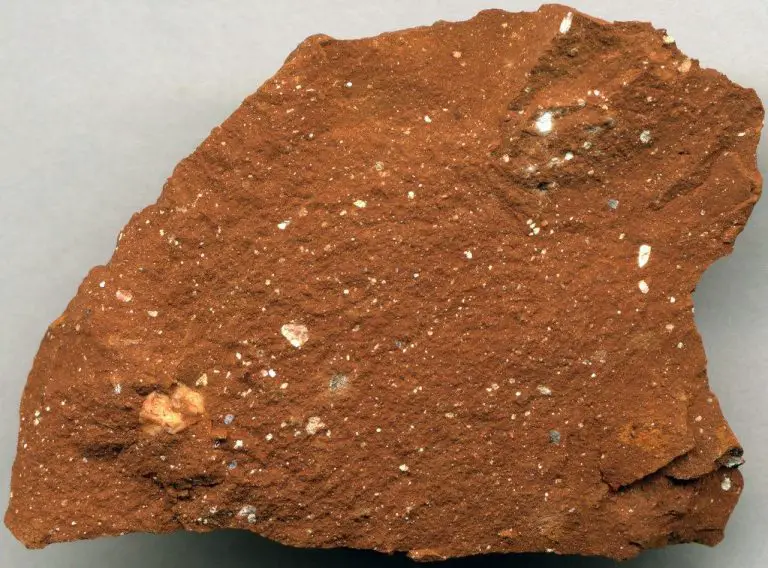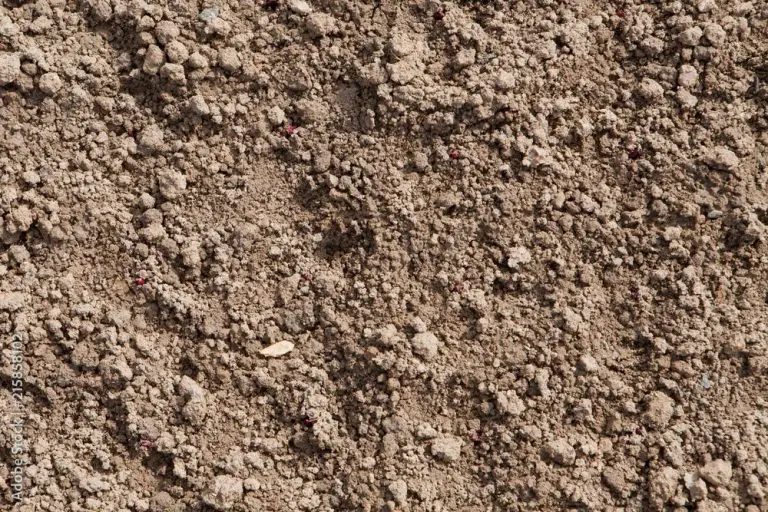How Do You Make Cream Color Clay?
Cream colored clay is a versatile material for clay crafting and sculpting. It has a soft, neutral tone that works well for a variety of projects. There are a few different ways to achieve a cream clay color depending on the type of clay you are working with.
Store-bought polymer and air-dry clays often come premixed in cream shades. However, you can also mix your own custom cream color using white clay blended with small amounts of brown, tan, or yellow. Homemade clays like salt dough or play dough can also be colored to cream with the addition of paint, spices, or natural colorants.
The benefit of mixing your own cream polymer or air-dry clay is you can achieve the exact hue you want. Homemade clays allow you to control ingredients and avoid chemicals found in some manufactured clays. However, store-bought clays offer convenience and consistent results.
Ingredients
The main ingredients you’ll need to make cream colored clay depend on the type of clay you are starting with.
Polymer Clay
For polymer clay, you’ll need a base clay in a neutral color like white or beige. Polymer clay is made from PVC resin and plasticizers. Popular brands like Sculpey and Fimo provide a blank base to work from.
To color polymer clay cream, you’ll also need a clay-safe pigment or soft pastel. A small amount of paint or chalk is needed to tint the natural clay. Mess around with mixing to get your perfect cream shade.
Air-Dry Clay
With air-dry clay, you’ll need a base modeling clay that is white or off-white to start. Air-dry clay is made from natural materials like sand, minerals and cellulose. Brands like Crayola Model Magic are pre-colored, so get white.
For the cream color, use acrylic paint in a nude, light brown or beige. You’ll only need to mix in a tiny bit of paint to air-dry clay to tint it cream.
Homemade Clay
For homemade clay, you’ll obviously need homemade clay dough as the base. Recipes combine ingredients like flour, salt, oil and cream of tartar.
Color homemade clay cream by mixing in a small amount of acrylic paint in a light tan, light brown or nude shade. You can also combine some turmeric powder for a natural cream color.
Making Polymer Clay Cream Colored
The easiest way to make cream color polymer clay is to start with white polymer clay and knead in small amounts of brown, yellow, and/or orange clay until you achieve the desired creamy tone. When mixing colors into white clay, it’s best to start with very small amounts, like a pea sized ball of brown clay, and thoroughly knead it into the white clay before adding more.
Getting the right color balance can take some trial and error. Kneading too much brown clay into the white can make it look tan rather than cream, while too much yellow clay can give it a custard color. Go slowly and add the other colors bit by bit until you are happy with the creamy tone. The finished clay should have a smooth, uniform cream color throughout when mixed thoroughly.
Making Air-Dry Clay Cream Colored
Air-dry clay is an easy material to work with when you want to achieve a cream color. Start with white air-dry clay and simply mix in acrylic paint to tint it to the desired shade. Acrylic paints are readily available at craft stores in a wide range of cream tones. Squeeze out a small amount of paint and knead it thoroughly into the clay, adding more paint as needed to reach the cream color you want.
When tinting air-dry clay, add just a little bit of paint at a time. It’s easy to add more paint, but difficult to remove it once mixed in. Knead the paint pigment thoroughly to achieve an even color distribution. If specks of white clay are still visible, the paint color is not fully mixed in. Continue kneading until the clay is a uniform cream color all the way through.
Once your air-dry clay is the desired cream shade, form it into the desired shapes or projects. Allow the clay to fully dry and cure before painting or using. When air-drying clay tinted with acrylic paint dries, it retains the cream color nicely.
Making Homemade Clay Cream Colored
Homemade clay is an affordable option for making cream colored clay. The basic recipe calls for baking soda, cornstarch, and water. To get a cream color, you can substitute some ingredients:
- Replace half the baking soda with cream of tartar for a softer and lighter clay.
- Use all purpose flour instead of cornstarch for a more yellow, parchment-like shade.
- Add a touch of light brown sugar to warm up the tone.
You can also knead in natural colorants to tint the homemade clay. Some options include:
- Chamomile tea for a subtle yellow hue.
- Turmeric powder for a cream-yellow tone.
- Calendula petals for a creamy off-white color.
Start with small amounts of any coloring ingredient and knead it thoroughly into the clay. Check the color and add more as needed to achieve your ideal creamy clay color.
Storing Cream Clay
After making or purchasing cream clay, proper storage is important to keep the clay usable for as long as possible. Clay can easily dry out, become brittle and crack if not stored correctly.
To avoid drying out, cream clay should be tightly wrapped in plastic and placed in an airtight container or resealable bag. Try to remove any air pockets before sealing. Store unused clay in a cool, dry place away from direct sunlight and heat sources. The refrigerator is an ideal storage spot.
For longer storage, consider freezing the unused clay inside a freezer bag or airtight container. Allow frozen clay to fully thaw out overnight before using again. Freezing prevents clay from drying out and can extend its shelf life for months.
With proper storage methods, cream clay can last for a long time and be ready to use whenever crafty inspiration strikes!
Projects with Cream Clay
Cream colored clay is extremely versatile and can be used for a wide variety of projects. Here are some of the most popular uses for cream clay:
Figures
Cream clay is commonly used to sculpt miniature figures, dolls, and figurines. The neutral tone allows you to add colorful details and clothing. Cream clay is especially suitable for making realistic skin tones.
Jewelry
Handmade polymer clay jewelry has become very trendy. Cream clay works well for minimalist geometric pieces, as well as beads and pendants paired with other materials like gemstones, pearls, or metal findings.
Decorative Items
From bowls to vases, frames, coasters and more – cream clay can be shaped into home decor items and given an antique, rustic or modern look with paints and glazes.
Complementary Color Pairings
Since cream is a neutral shade, it complements both warm and cool colors. Try pairing it with navy blue, blush pink, sage green, coral orange or even metallics like gold, rose gold and silver.
Troubleshooting
If you run into any issues while working with cream clay, there are some simple fixes:
Clay Dried Out
If your cream clay starts to dry out and become brittle, you can recondition it by kneading in a dedicated clay softener or translucent liquid polymer clay. Work the softening agent thoroughly into the clay until it becomes malleable again.
Color Uneven
If your cream clay develops streaks or an uneven color, you can restore a consistent cream shade by kneading the clay thoroughly. Repeatedly fold, press, and work the clay to blend the color. If kneading alone doesn’t help, try adding a drop of liquid clay or a touch of white clay to lighten the color.
Safety
When working with any type of clay, it’s important to keep safety in mind. Though most clays are non-toxic, you’ll still want to avoid ingesting them. Make sure to keep clay out of reach of young children and pets who may try to eat it. Wash your hands after handling clay, especially before eating.
Use proper tools like clay sculpting tools and acrylic roller types. Avoid using kitchen tools like rolling pins or pots and pans, as clay can ruin these for food use. Have a dedicated work surface for clay that can be easily cleaned and avoid working on carpet or porous surfaces where clay can get stuck.
Proper ventilation is also important when baking polymer or air-dry clays, so make sure your oven is in good working order and you have windows open. Follow all manufacturer safety guidelines for proper baking temperature and times.
Conclusion
Cream clay is such a versatile and fun medium to work with for art and craft projects. We covered the main techniques for making cream colored polymer, air-dry, and homemade clays. Each has its benefits – polymer clay results in durable finished pieces, air-dry clay is inexpensive and readily available, and homemade clay skips the store-bought ingredients.
When working with cream clay, let your imagination run wild. It can be sculpted into shapes, textured, molded, rolled flat for cut-outs, and more. Create miniature scenes, jewelry, wall hangings, figurines, ornaments, dollhouse items, and any kind of decorative object. Cream clay’s soft neutral tone complements other vibrant colors beautifully.
To get the best results when working with cream clay, store unused portions properly sealed in plastic bags. Condition polymer clay before use by kneading to warm it up. Dust surfaces and tools with corn starch if the clay becomes sticky. Work on a smooth surface and avoid over-handling the clay. Allow adequate drying and curing time before painting or varnishing finished clay pieces. With some creativity and care, you’ll be delighted by the possibilities with cream clay!




